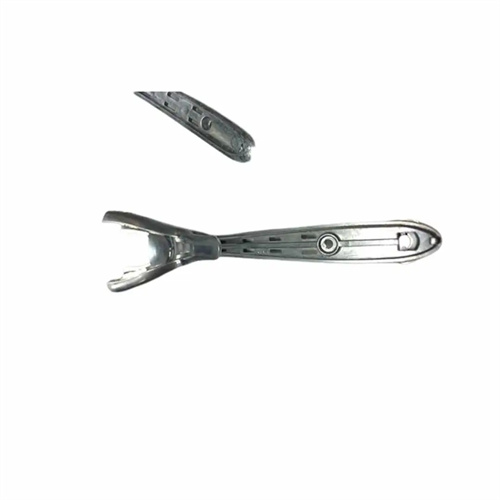Types and uses of die casting coatings
Die-casting coatings are diverse and can be categorized by their primary ingredients into graphite-based, water-based, solvent-based, and ceramic-based coatings. Each type has unique properties and applications. Graphite-based coatings, made primarily from natural or artificial graphite, exhibit excellent lubricity and high-temperature resistance, forming a stable solid lubricating film on the die surface. They are particularly well-suited for high-temperature die-casting processes such as those involving aluminum and copper alloys. Graphite’s inherent thermal conductivity and chemical stability effectively isolate the molten metal from the die, reducing adhesion and wear even at temperatures exceeding 800°C. Water-based coatings, on the other hand, use water as a dispersion medium and incorporate various functional additives. They are environmentally friendly, safe, and non-flammable, posing minimal risk to operators and the environment. They are widely used in medium- and low-temperature die-casting applications such as those involving zinc and magnesium alloys. They dry quickly, produce a uniform coating, and easily remove residue, meeting the demands of production processes requiring high surface quality.

Solvent-based coatings, using organic solvents as carriers and typically containing ingredients like mineral oil and resin, were once widely used in the die-casting industry for their strong adhesion and long-lasting lubrication. However, due to their high levels of volatile organic compounds (VOCs), which do not meet modern environmental standards, their use has gradually dwindled, with water-based coatings increasingly replacing them, with limited use in specialized applications requiring extremely high coating performance. Ceramic-based coatings, with ceramic powders such as alumina and zirconia as their primary functional components, offer excellent heat and wear resistance, withstanding the intense erosion and high-temperature corrosion of molten metal. They are suitable for die-casting large, thick-walled castings or high-melting-point alloys, significantly extending the life of the mold.

The application of die-cast coatings requires a strict process, starting with the coating’s mixing. Different types of coatings require proper mixing before use to achieve optimal concentration and fluidity. For example, graphite-based coatings typically require the addition of an appropriate amount of water or a specialized diluent, stirring until a homogeneous, precipitate-free state is achieved to ensure even dispersion of the graphite particles. Water-based coatings may require adjustment of the dilution ratio based on ambient temperature; at lower temperatures, the dilution amount can be reduced to prevent freezing or loss of fluidity. Dedicated stirring equipment is required during the mixing process to ensure thorough mixing of all ingredients and prevent coating instability caused by uneven mixing.

The choice of coating method is crucial to the effectiveness of a coating. Common coating methods include spraying, brushing, and dipping. Spraying is currently the most widely used method, suitable for molds with large surfaces and complex cavities. It can be applied using a manual spray gun or an automated spray robot, ensuring a uniform coating with controllable thickness. Manual spraying is flexible and convenient, suitable for small-batch production or local repairs on complex molds, but requires high operator skill. Automated spraying allows precise control of coating dosage, spray distance, and angle, ensuring a consistent coating across every cavity surface, making it suitable for large-scale, standardized production. Brushing is suitable for hard-to-reach areas such as mold corners and deep cavities. Manual control ensures full coverage, but it is less efficient and is only used in special circumstances. Dip coating is primarily used for small, simple molds. The mold is immersed in the coating for a short while, then removed, allowing gravity to evenly adhere to the surface. While simple to use, it also consumes more paint.

Controlling coating parameters during application is also critical, including coating thickness, drying time, and frequency of application. Coating thickness should be adjusted based on the die-casting alloy and casting structure, generally maintaining a range of 5-20 microns. For high-temperature alloy die-castings, the coating can be thickened to enhance thermal insulation and lubrication. For castings requiring high surface quality, the coating should be thin and uniform to avoid surface defects caused by excessively thick coatings. Drying time depends on the coating type and ambient conditions. Water-based coatings typically dry in 10-15 minutes at room temperature. In high humidity environments, heating equipment can shorten the drying time to less than 5 minutes. Solvent-based coatings dry faster, but proper ventilation is required to prevent the accumulation of solvent volatiles. Regarding frequency of application, the mold cavity should be inspected after each die-casting cycle, and recoating should be determined based on coating wear to ensure that the mold surface remains fully protected. Furthermore, the mold surface should be regularly cleaned of paint residue to prevent accumulation that could affect casting quality and mold life.
